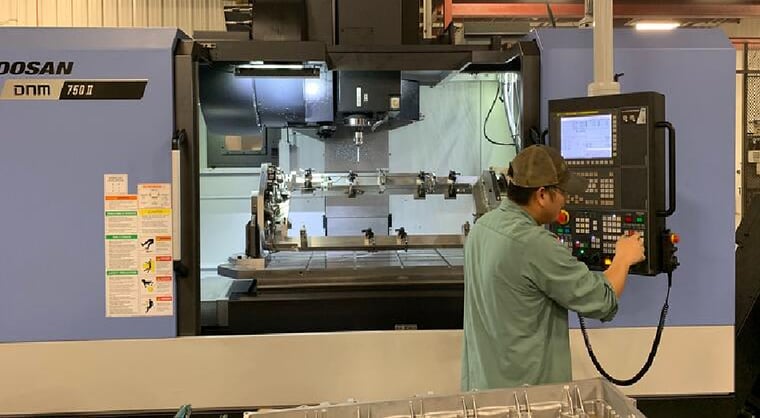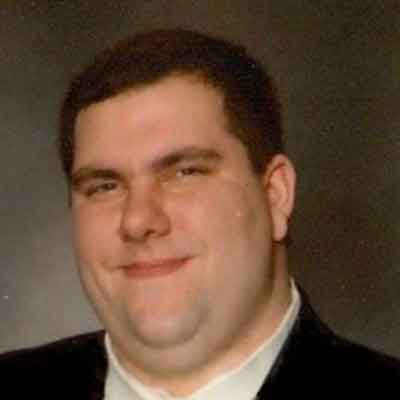Different types of CNC machines, and their various processes, handle different custom machining projects. That’s not exactly breaking news. Yet, what may be unclear is which major factors impact machine parts cost.
While this article provides some answers, it also explores what your next step may be when a project requires CNC machining. Specifically, we’ll explain some CNC machining cost tradeoffs.
Before we dive into CNC machine cost, let’s discuss overall costs. Although several things can affect the cost of CNC machined parts — design, materials, setup — the most important is time. The time required to machine a part is directly affected by the design, materials, features, and tolerances.
When design for manufacturability is optimized in the design phase, it has a significant effect on costs. It’s just good to remember that using a lightning-fast CNC machine isn’t a cure-all that makes every cost-cutting dream come true.
Process Time & Complexity
Not all parts are equal in complexity. And, naturally, the more complex a part is — requiring more process operations, machines, and operators — the more it costs to make. The cost of machines and equipment go directly to the cost of the part, and costs add up for all CNC machining operations.
Costs increase with machine size and capability. Larger machines cost more (and therefore carry a higher burden rate) and typically require a more experienced operator because of increased intricacy and risk. Pressure test and assembly are the cheapest operations followed by vertical CNC machine centers, CNC lathes, and then small to large horizontal CNC machine centers.
Knowing that process time adds cost, work cells can be set up to run processes in parallel to increase efficiency. A cell operator runs multiple CNC machines in parallel, saving labor costs. Similarly, value-added tasks are often handled during the machining cycle, such as pressure testing and assembly, to reduce total process time.
Tooling
Standard shop tools are often preferred because they’re readily available and offer great value as they are typically purchased in high quantities at volume pricing. If readily available shop tools won’t do the job, custom tools are required, which carry an upfront cost.
Why would custom tooling be needed? For a unique feature, a complex part, or to reduce machine cycle times. Combination tools that cut multiple features at once reduce cycle times and piece price but also add to initial costs.
Fixtures
Now, consider CNC fixtures. Cheaper fixtures may use manual clamps that cost less. Because they are slower to load and less repeatable, they’re best used for prototyping and lower volume production.
Adding hydraulics and poka-yoke helps drop volume production machining costs by reducing load/unload times, increasing repeatability, and preventing scrap. Improved fixtures reduce piece price but add upfront costs.
Setup and Minimum Quantities
Complicated setups of larger CNC machines can drive up cost. Setup is the process of changing CNC fixtures, tools, and programs and adjusting them in order to machine a part. Setup is charged for each production run.
Setup cost is spread across the order volume, so increasing order size reduces the cost of setup per part. In high-volume scenarios, machines can be dedicated to a part family with no changeovers or setup costs.
A pallet pool also reduces setup costs by having the fixtures and tools stored in the machine itself. This greatly reduces (if not eliminates) setup because parts can be switched over automatically. With CNC pallet automation, lead times are often lowered, too. However, pallet pools carry a higher burden rate to cover higher capital costs and additional operation and maintenance costs.
Scrap
No process is perfect, so anticipated scrap is factored in for both foundry and machining. When foundry scrap is discovered after machining incurs, the machining costs still apply. Overall machining scrap is estimated based on the part’s complexity, typically 0.5 - 2.5%.
The Advantage of Stecker’s CNC Expertise
There are different types of CNC machines that make the machining process more efficient and save money. Yet, simply having access to a variety of CNC machines isn’t enough to guarantee project success. You need a solid CNC machining partner.
At Stecker Machine, in order to ensure the quality and performance our customers expect, we know that the key is finding the right fit for the job. That could include using strategically created labor cells or machining robotics to run multiple machines and matching the proper CNC machine and machinist to what’s required.
If you’re looking for ways to benefit from CNC machined parts and save money, Stecker Machine can provide uncommon expertise to help you save time and money on your machined parts. Discover more about our top-to-bottom capabilities.
If you’re unsure about working with a CNC machine shop, read our guide: When Do You Know It’s Time to Work With a High-End CNC Machine Shop? Get straightforward insights when you’re considering a CNC machine shop relationship. Click the link below.







